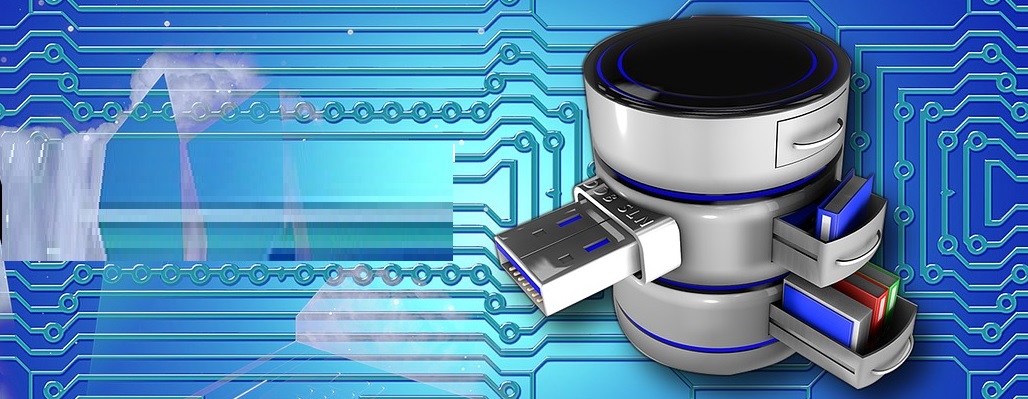Disaster recovery as a service (DRaaS) is an internet-based cloud storage and recovery service model which make use of multiple cloud resources to secure data and applications against disaster. It provides an organisation with a complete network backup which enables for effective business continuity even in case of system failure. Disaster recovery helps companies minimise financial risk and improve business operations. This service also helps clients manage IT costs.
It is beneficial because the client does not have to buy physical hardware which saves on cost and resources. However, some of the disadvantages include lesser functionality and flexibility when compared to a stand-alone system. In addition, it is important to consider the reasons why disaster recovery as a service is essential before making use of this technology. There are certain reasons why the choice of this service is advantageous than stand-alone systems.
The three main models of disaster recovery planning include infrastructure, software and service providers. Before choosing a provider, it is crucial to understand the advantages and disadvantages of each. It is also important to consider how the provider plans on handling growth in the future. This is important because the amount of available resources can be predicted using these three models.
Infrastructure-based disaster recovery planning involves the use of virtual servers, application servers, databases, networks and application servers on a third-party hosting platform. This means that the physical hardware cannot be replaced. All physical applications are owned and operated by the third-party service provider. The advantage of this type of disaster recovery planning is that there is no need to maintain any infrastructure, which saves on resources and time.
The third type is the cloud computing service model, which is considered the most flexible and future-proof option. This model allows an individual or an enterprise to adopt a virtual platform, which is similar to the infrastructure, on the go. This type offers disaster recovery as a service on demand. It means that once a physical server is unusable, the platform is automatically provisioned with another server. This model uses servers that are not located on the client’s premises, ensuring maximum flexibility.
Disaster recovery solutions must carefully consider the needs of each company. This is because the different types have distinct advantages and disadvantages. Therefore, it is important to choose a provider that is capable of handling the load when a disaster recovery situation occurs. It is also necessary to evaluate the level of support provided by the service provider. It is recommended to take backup measures even before the business makes contact with the provider to ensure that the system is running smoothly.
